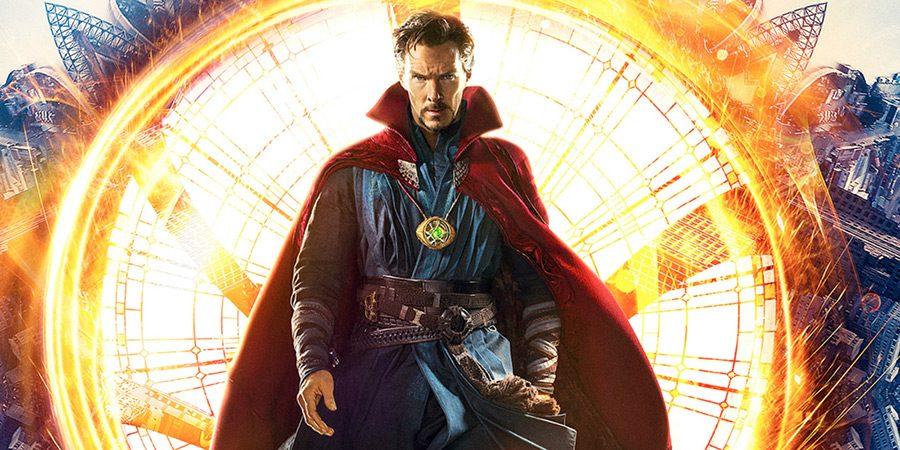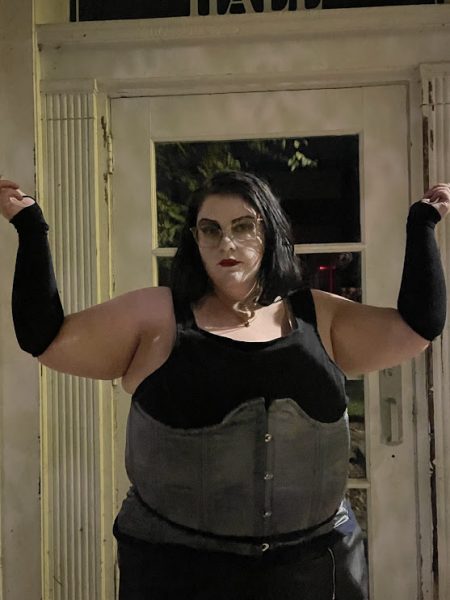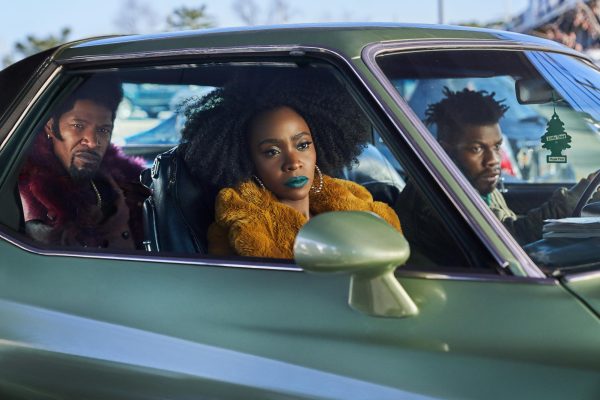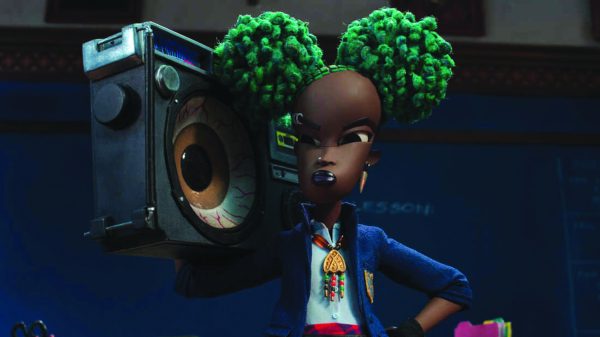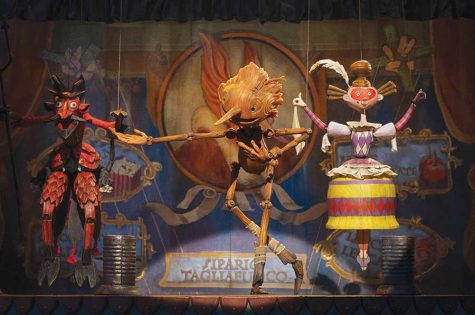Sanctimonious Sanctum Sacking in Marvel’s “Doctor Strange”
There might be something Strange in the neighborhood, but no one is calling the Ghostbusters this time.
The newest Marvel superhero film brings us the origin story of Doctor Stephen Strange, a neurosurgeon who loses the use of his hands to a terrible car accident (don’t drive distracted, kids!) and journeys to Nepal to seek spiritual healing after modern medicine has failed him. “Spiritual healing,” in this case, turns out to be synonymous with “crazy magical powers drawn from another universe,” so that’s cool.
Benedict Cumberbatch, known mainly for his role as Sherlock Holmes in the BBC show “Sherlock,” played the movie’s titular character. Cumberbatch filled the role with humor and intensity as the story called for it, making an excellent first impression on the Marvel Cinematic Universe. The character’s wit and ego played to the same strengths Cumberbatch exhibits in “Sherlock,” while adding a depth of emotion to the role that kept him from seeming typecast.
Beginning the movie as a smugly gifted surgeon and ending as a humbled sorcerer with incredible powers, Stephen Strange’s character followed a convincing and sympathetic arc. His pithy remarks and charismatic persona made him immediately likeable, despite his pretentious attitude, and his genuine personal growth throughout the film saved him from simply being Tony Stark 2.0.
The superhero formula is incomplete without a love interest to remind the hero that they can’t just leave their old life behind when they go off to save the world. In the case of “Doctor Strange,” Rachel McAdams (“The Notebook,” “Sherlock Holmes”) stepped in as Christine Palmer, an ER surgeon whose history with Stephen gave her the ability to tell him when he was being an ass and prompt him to do some soul-searching.
Although Christine’s role fell into a standard superhero story cliché, her mistrust and disappointment gave Stephen a substantial reason to overcome his ego. While she lacked in screentime compared to the other main characters, McAdams played the part with passion and remained a constant presence even while off-screen.
Stephen’s two sorcery mentors offered their own balance to the film. Chiwetel Ejiofor (“12 Years a Slave,” “Serenity”) played Mordo, a generally serious character with the occasional crack of dry humor.
The Ancient One, highest of the order of sorcerers, was played by Tilda Swinton (“The Chronicles of Narnia,” “The Grand Budapest Hotel”), and her surprisingly cheeky approach to a character whose role as teacher and guru would seem to invite a dour portrayal made her an absolute joy to watch.
The film’s primary antagonist, an ex-pupil of The Ancient One, was played by Mads Mikkelson (“Hannibal”). Although his backstory and motivation amounted to only a line or two of exposition from Mordo, Mikkelson’s portrayal incorporated a broken trust in The Ancient One and a distaste for the status quo that was almost sympathetic. (I still don’t think that destroying the world is an appropriate response.)
In an era of ever-improving special effects, it’s becoming less likely that a new movie will blow me away with its CGI, but “Doctor Strange” managed it. When the sorcerers used their powers of manipulation on the world around them, the resulting kaleidoscopic insanity — reminiscent, at times, of “Inception” — was so convincing that I had to wonder if I had accidentally dropped some acid before entering the theater.
Among the trippy magical action scenes and the snarky one-liners that Marvel is becoming known for, the movie occasionally fell back on moments of oddly hilarious physical comedy, many of which utilized the character’s iconic red Cloak of Levitation. A character in itself, the cloak whipped into the fray of battle with a degree of personality I had never expected from a garment of clothing.
The costumes were designed by Alexandra Byrne, who also designed for the previous Marvel movies of “Avengers,” “Thor” and “Guardians of the Galaxy.” Each character’s outfit gave them a unique style and color scheme, all of which showed off an elegant and understated design that translated the bold comic book designs into something that worked beautifully for live action.
The movie’s soundtrack would have been a generally good, orchestral score with little to remark on, had it not been for its main theme’s striking similarity to the theme of the most recent “Star Trek” films.
Both scores were composed by Michael Giacchino, who apparently relied a little too much on the idea that you shouldn’t mess with a good thing. However, he is slightly redeemed by his ridiculous titles for some of the score’s tracks, which include such gems as “Hippocratic Hypocrite,” “Hong Kong Kablooey” and “Sanctimonious Sanctum Sacking.”
The Marvel Cinematic Universe has been growing steadily since the release of “Iron Man” in 2008 and many of the movies in it now rank among my favorites. “Doctor Strange” is no exception, bringing a solid new addition with its own qualities. One of the film’s end credits scenes teased an upcoming alliance between Doctor Strange and Thor — I, for one, am rather looking forward to seeing how that goes.


